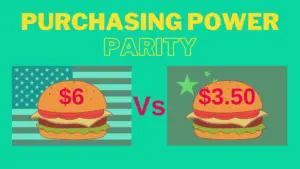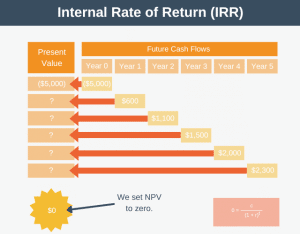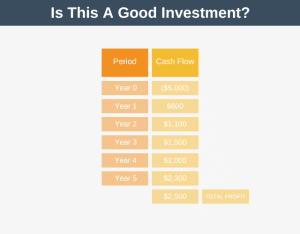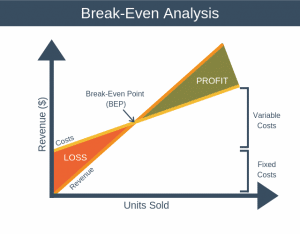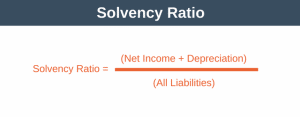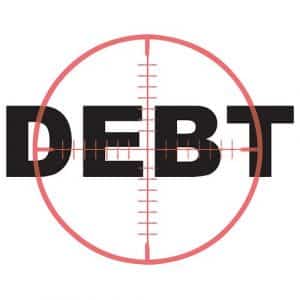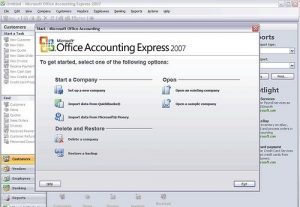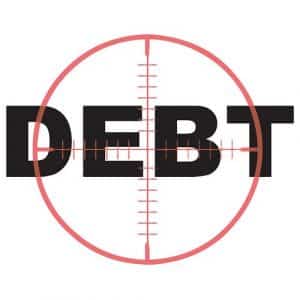The Kraljic Matrix helps you develop a purchasing strategy for the products and services that your organization procures. It aims to maximize your profit while minimizing supply-side risks.
The model was first published in the Harvard Business Review in an article titled ‘Purchasing Must Become Supply Management’ in 1983 by Peter Kraljic. However, it was already in use at BASF at this time.
The Kraljic Matrix
The Kraljic Matrix allows you to work more smartly with your existing suppliers. It does this by helping you determine the type of relationship you should be fostering with each of your suppliers on a per-product or per-supplier basis.
The model works by mapping the profit impact of a product on one axis and your reliance on the supplier of that product on the other. Doing this will result in a matrix of four quadrants, as shown below.
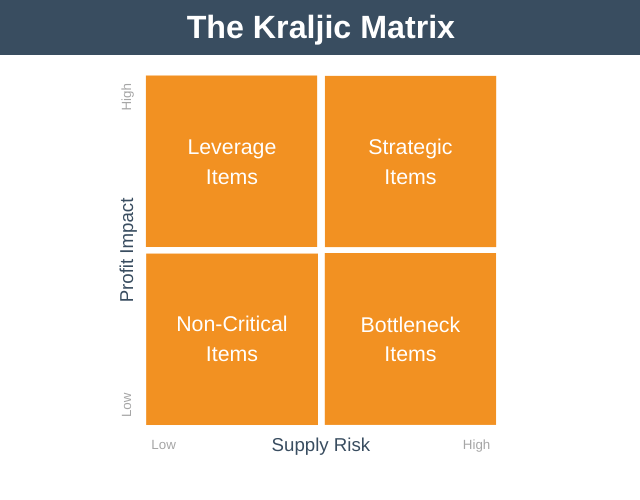
Let’s quickly review each axis of the matrix:
1. Profit Impact
This dimension of the model runs from low to high. Products you purchase with a high-profit impact are important to you because they determine your profit margins or the sale price of your finished product, and these products directly impact your bottom line.
2. Supply Risk
This dimension of the model also runs from low to high. The supply risk will be low when goods are commonplace, and it’s easy to switch between suppliers. The supply risk will be higher when you need to purchase scarce goods with limited suppliers.
Supply risk will also be high when new technology could potentially disrupt the market, leaving you holding outdated products.
Now that you understand the dimensions the model is built upon let’s jump in and examine each of the four quadrants of the Kraljic Matrix.
1. Non-critical Items
These items have a low financial impact on your organization, are in abundant supply, and are standardized in nature.
The classic example of non-critical items is office supplies. Although necessary for employees to do their job, stationery doesn’t drive profitability. If your supplier goes out of business, it doesn’t pose a severe threat to your business, as you can simply switch suppliers.
Although these products are low impact and have an ample supply, they are nevertheless interesting because the cost of handling them can often outweigh the cost of the product itself. Thus, the purchasing strategies you would typically use for these types of items focus on reducing administrative cost and logistical complexity.
One way to do this is to delegate authority for ordering stationery to the individual departments that require it. This will reduce the administrative burden on the purchasing department without adding significant overhead to the respective departments.
2. Leverage Items
These items have a considerable financial impact on your organization; however, they are standardized goods in abundant supply with little supply risk.
The purchasing strategy you should use for these items is to negotiate hard and frequently, switching suppliers as necessary to achieve the best price. Aim to make the most of any bargaining power you have.
3. Bottleneck Items
These items have a low financial impact on your organization but can only be acquired from one supplier (or a very few suppliers), or their delivery is unreliable.
An example of a bottleneck item is an electronic component you need that is only made by one manufacturer.
The purchasing strategy you would typically use for bottleneck items is twofold.
- Firstly, you need to ensure continuity of supply. This can be achieved by establishing a long-term contract with your supplier and by maintaining minimum stock levels.
- Secondly, you need to develop plans to reduce your dependence on this supplier by adapting your products and investigating alternative substitute products and suppliers.
4. Strategic Items
These items have a significant financial impact on your organization. This could either mean your organization spends a great deal of money on these items or that they are directly linked to your organization’s marketplace differentiation and profit. These items are also scarce, meaning they can only be obtained from one supplier (or very few suppliers).
An example of a strategic item is a scarce metal that you are highly dependent on but has only a single supplier and is produced in a politically unstable country.
The purchasing strategies you would typically use for these types of items include collaboration and strategic partnerships. For example, you could invest in your supplier’s business, so you essentially co-create the strategic item with them.
Tip
One other thing to think about, which isn’t included in the Kraljic Matrix, is suppliers’ perception of your organization. This will be a function of your past dealings with the supplier and their size.
For example, spending $20k per year in the coffee house next door to the office will make you more influential with them than spending double that amount with Google.
Strategic suppliers are critical to your business. Thus it is important to understand how they view you, and understanding their perspective is an important step in helping you create a win-win relationship with them.
Kraljic Matrix Example: Tesla
Let’s look at a simplified example of the Kraljic Matrix for Tesla’s electric car.

Tesla buys a lot of nuts, bolts, and tires. These are standardized items for which there are many suppliers. Tesla’s aim should be to reduce the administrative burden of sourcing and handling these items.
Tesla also purchases satellite navigation screens. Many manufacturers can supply these screens, but they are essential to Tesla because they are one of the key ways Tesla differentiates itself from other EV manufacturers. Tesla should ask suppliers to tender for their business to get the best price.
Suppose just one company globally produces the fabric Tesla uses to cover its seats. This fabric doesn’t drive profit, but it is a bottleneck item because there is just one supplier. In this case, Tesla should use a contract with this supplier to ensure supply continuity, and additionally, it should look to maintain relatively high stock levels.
Certain rare earth metals such as cobalt, lithium, and nickel are critical to EV production but are in very short supply globally. Tesla should, and has (see this news article), partnered with miners to ensure continuity of supply.
Kraljic Matrix Template
If you’d like to perform your own Kraljic Matrix analysis, you can download our Kraljic Matrix Template here.

Advantages and Disadvantages
There are several advantages and disadvantages associated with the Kraljic Matrix.
Advantages
- It enables you to maximize profits and minimize supply risk through the intelligent handling of suppliers.
- It forces organizations to think strategically about each of their suppliers instead of just focusing on doing ‘deals’ with suppliers.
- It focuses your efforts on areas where profits are most significant.
- It is easy to understand and thus works well for collaborating with colleagues and giving presentations.
Disadvantages
- Both axes of the matrix are somewhat vague in definition; for example, it’s not entirely clear which factors constitute supply risk.
- It is also unclear how to differentiate between low and high on both axes.
Summary
The Kraljic Matrix works by mapping the profit impact of a product on one axis and your supply risk on the other. It essentially provides a portfolio management approach to managing an organization’s many suppliers.
This enables you to see which relationships are important so you can focus on handling procurement strategically. The Kraljic Matrix also identifies less important relationships where you might employ traditional supplier management techniques such as tendering.
The Kraljic matrix helps you in the first step of supplier management – identifying important suppliers. From there, you can generate ideas as to how to handle those suppliers strategically.
